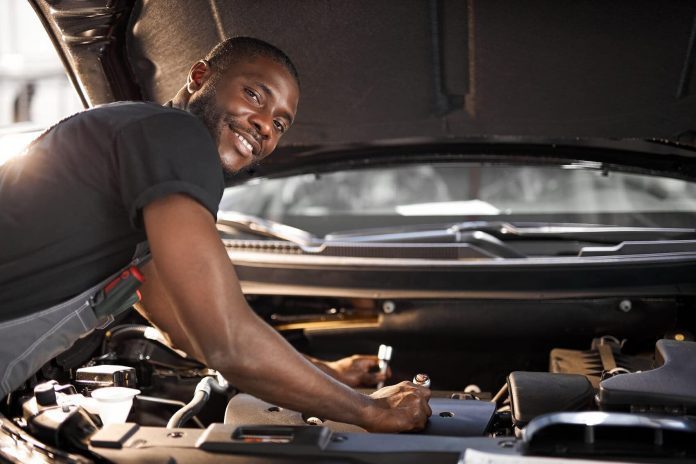Since electric cars hit the road and have slowly become more mainstream, service departments have been wondering how to maintain the more profitable parts of the dealership. We’ll help you understand how electric vehicles are different from gas vehicles when it comes to the service center, and what the future of your service drive could look like.
A quick look at how electric cars are different
There are a couple of key ways in which electric cars are physically and mechanically different from the combustion engine that dealers and service departments have been servicing for decades.
Less focus on fluids and oil
Even though oil changes are a loss leader, and synthetic oil has reduced the need for more frequent oil changes, electric cars simply don’t need regular fluid changes. Thus, advertising a “top off” service won’t make much sense anymore.
All that extra weight creates different needs
Electric vehicles weigh more than gasoline-powered vehicles due to the battery and additional electronics. Extra weight means that the tires, suspensions, and brakes will wear out faster than the driver is used to. EV owners will learn within some years of ownership that the ball joints they were largely able to ignore on their gas-powered vehicles now need more attention.
Sensors
Modern gas-powered vehicles already have a number of sensors. Between controlling the flow of electricity and powering safety and technical systems. Electric vehicles make the sensors even more important, both in their replacement and calibration.
Training your team
Your technicians will need different kinds of training and different tools to work on electric vehicles. Considering electric vehicle repair is high-voltage work, it requires a different kind of safety training.
Other major investments include different kinds of equipment to test electric vehicles and their batteries.
Less ‘do it yourself’
The rise of electric vehicles will likely end the era of home mechanics with a tool chest full of wrenches and sockets and a few hours on the weekend. Instead, some of the equipment within an electric vehicle is sealed. Other parts are not ones you would want to work on without serious safety equipment.
Dealers might start to see folks who worked on their gas-powered vehicles come into dealerships because they don’t have the knowledge or training to fix or replace something. Doing it yourself will still be possible, just with some different knowledge and tools.
Keeping your service business going
Aside from the advertising messages you’ll need for electric vehicles, which will likely continue to come from the manufacturers, you’ll want to prepare your service department with ample training. You might see fewer service bills for under $150 (depending on your brand and location of course that figure represents a tire rotation and oil change) but larger repair bills overall for when items like batteries and drivetrains fail.
Conclusion
Some dealerships are nervous about the rising number of electric vehicles on the road will impact their service business. The reality is that electric cars will change how service is done, and require a different kind of training. Yet, customers will still need work done on their vehicles. You might even see some people who previously worked on their vehicles more actively showing up at your store.



